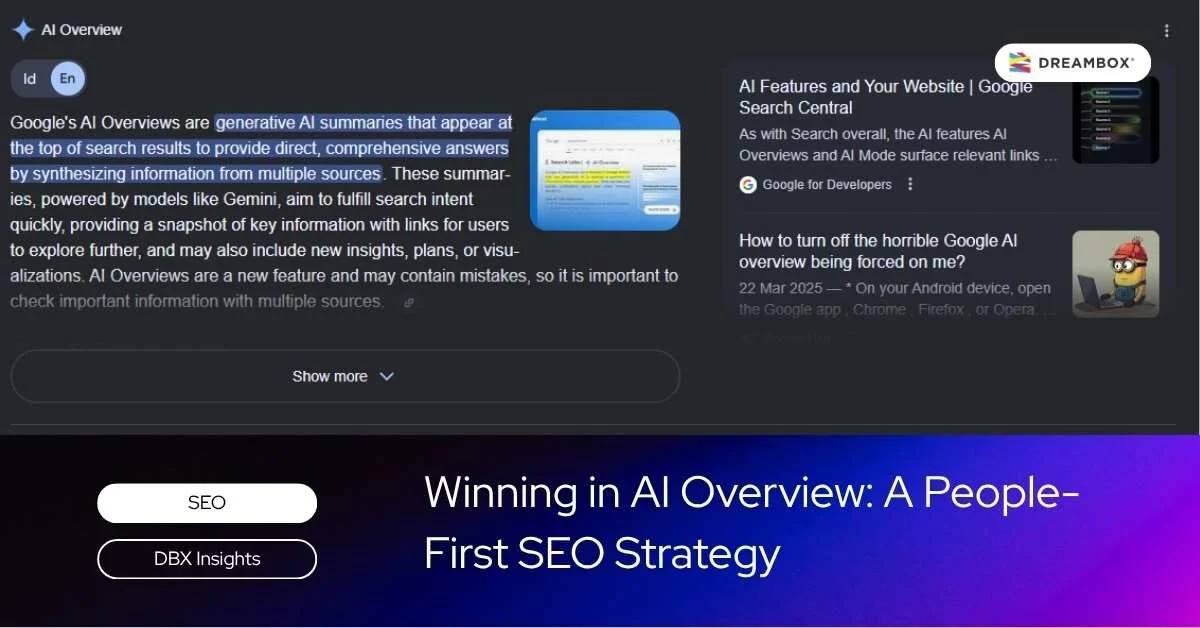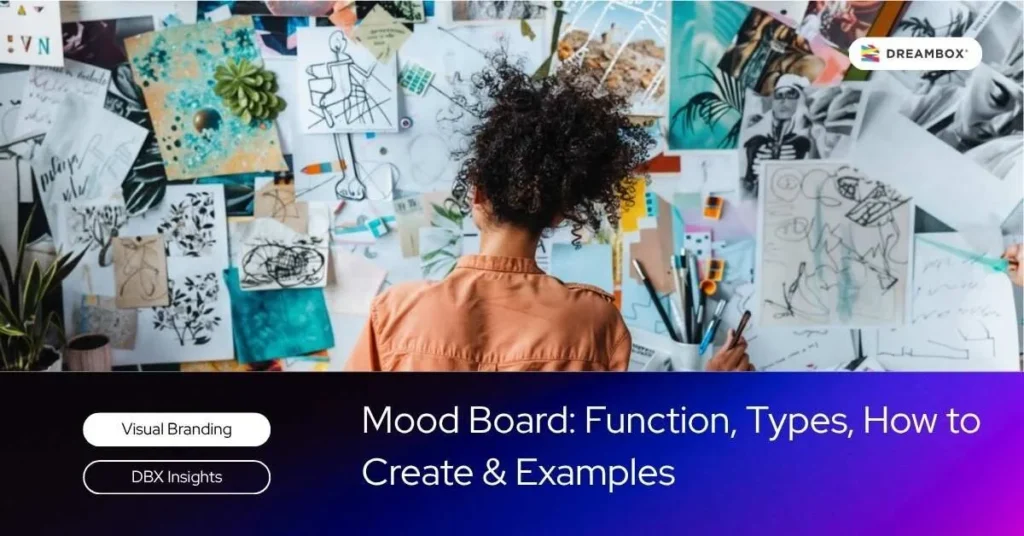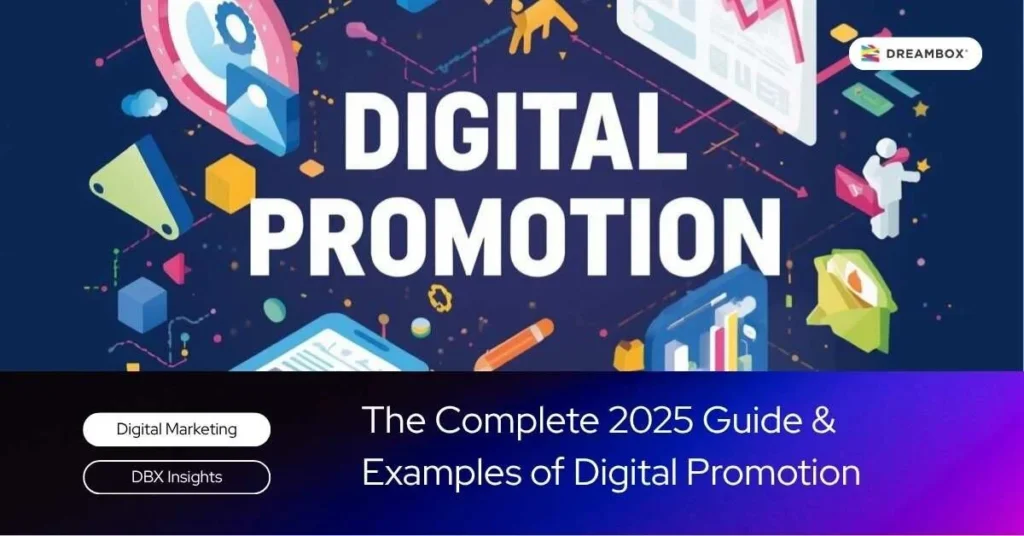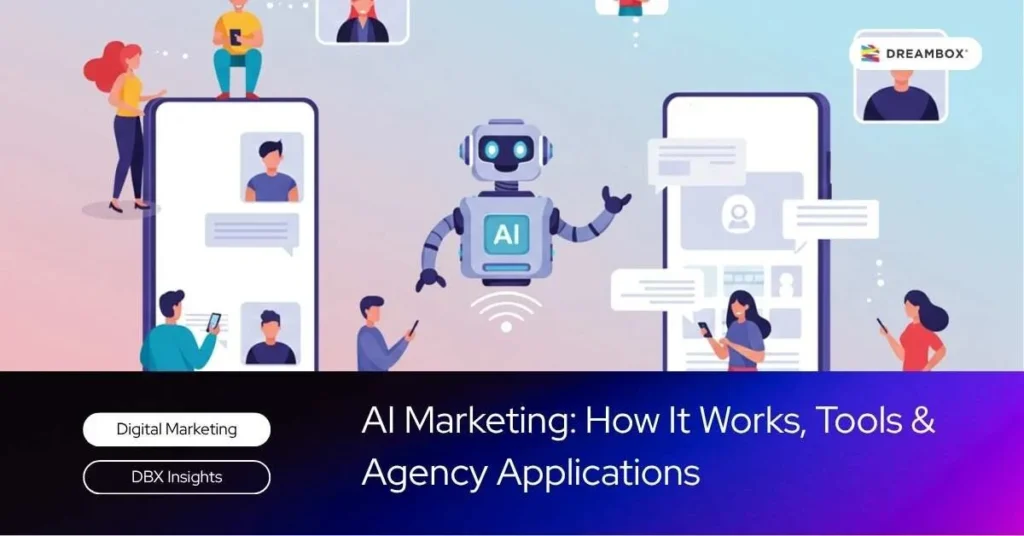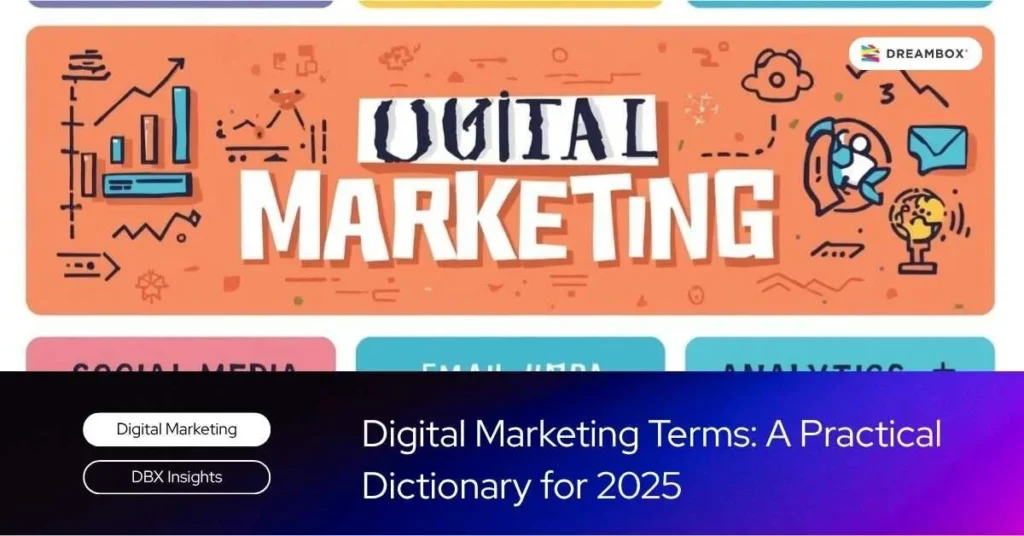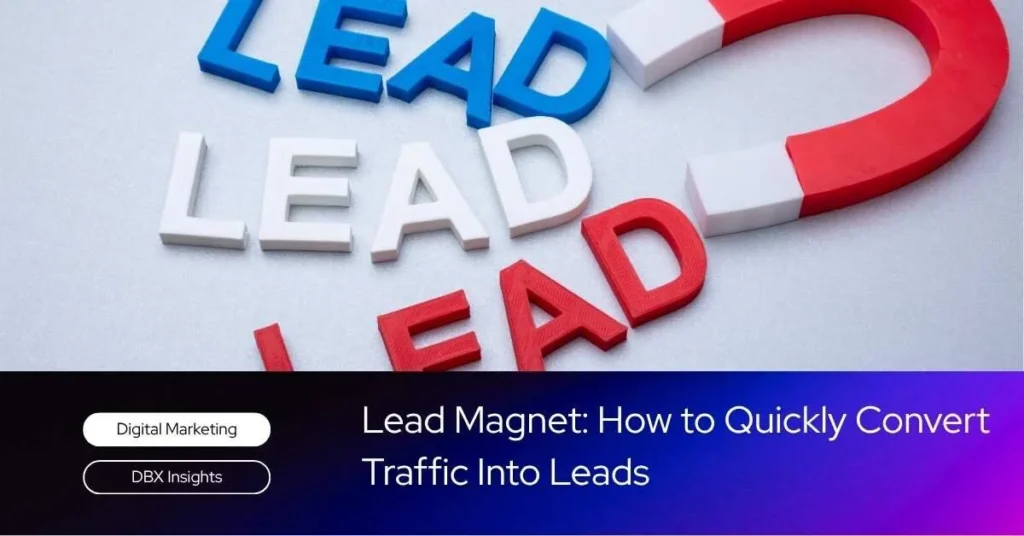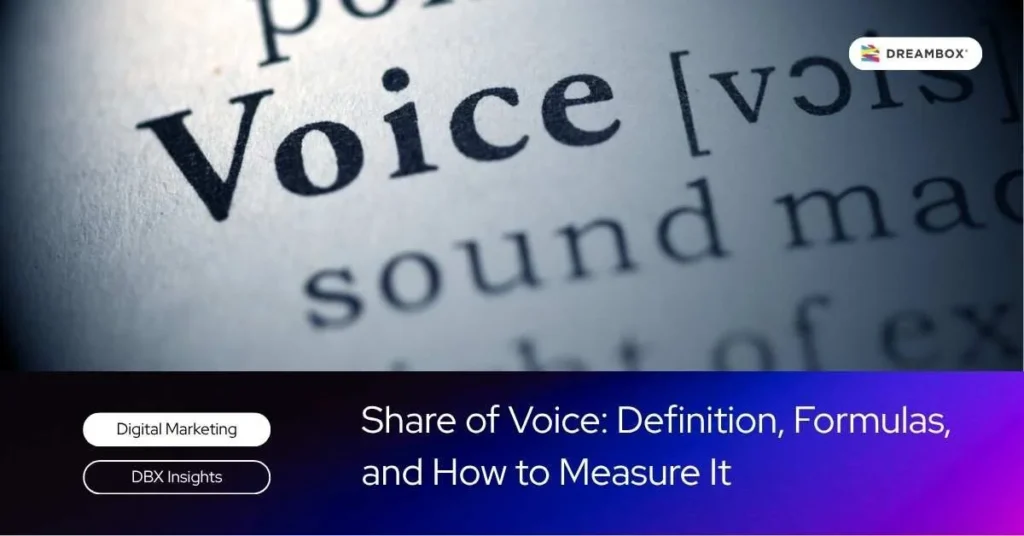Google’s AI Overview is changing how people find answers in Search by summarizing information and showing links to explore further. For brands, this demands an increasingly people-first SEO approach to remain visible and get clicked.
What is Google AI Overview?
Google AI Overview is an AI-generated summary in the search results to help users quickly understand a topic, while also including links to relevant sources for users to learn more.
This feature uses generative AI to compile an initial overview and provides options for follow-up questions, making search feel more natural.
How AI Overview Works
AI Overview synthesizes information from various sources and displays a summary with several links to content for exploration. The selection of content that appears in AI Overview depends on Google’s ranking systems; there is no special markup to “enable” AI Overview for your site.
Google emphasizes established SEO best practices high-quality, people-first, and easy-to-understand content as the foundation for the opportunity to appear in AI Overview.
Schedule a free 30-minute branding consultation session with our experts.
Impact on SERPs and SEO
AI Overview allows users to quickly grasp the main context while seeing source links for deeper study, so browsing patterns and click preferences may differ from traditional link listings.
SEO best practices and understanding how to use SEO to the fullest remain relevant, but packaging content to be concise, trustworthy, and scannable is key to being noticed by the system and users.
Will Google’s AI Overview “Ruin” Traffic for Evergreen SEO Content?
Debate has arisen over whether AI summaries will reduce the need for comprehensive evergreen articles. Industry analysis suggests evergreen content is not yet obsolete; AI summaries tend to help with quick queries, while in-depth guides still have a place when users need details, context, or to make complex decisions. This means evergreen content is still valuable—but its presentation needs to be adapted to be quickly grasped and easy to navigate.
Ahrefs Team’s Opinion on Evergreen Content and AI Overview
Tim Soulo (Ahrefs) believes that evergreen content remains important; an AI summary does not eliminate the need for comprehensive content that offers depth and a unique perspective. Tim Soulo is a marketing executive at Ahrefs.
The bottom line is, evergreen content must highlight added value that is not easily substituted by a generative summary.
SEO Optimization Strategies for AI Overview
1. Topic & Intent Mapping (Hub–Cluster)
Intent research (often aided by the best free SEO tools) and organizing content into interconnected themes helps present a comprehensive answer and makes it easier for users to explore related subtopics a practice aligned with Google’s guidelines for creating helpful, human-focused content.
Example:
- Hub (Pillar): You create 1 main article: “The Complete A-Z Guide to Learning SEO for Beginners.”
- Clusters (Supports): You create 10 smaller articles like “What is a Keyword?”, “How Do Backlinks Work?”, “On-Page SEO Guide,” and “Free SEO Tools.” All these smaller articles link back to the main (Hub) article.
2. Concise Answer Above the Fold + Q&A Bullets
Open the page with a clear summary answer, then supplement it with Q&A bullets so search engines and users can quickly grasp the core information before diving into details.
Example:
- First Paragraph (Summary): “Inflation is the general and continuous increase in the price of goods and services over a period of time. Simply put, inflation decreases the value of your money.”
- Subheading (Q&A): “Quick Questions About Inflation”
- What are the main causes of inflation?
- Is inflation always bad?
- How is inflation calculated?
3. Strengthen E-E-A-T + Author/Organization Markup
Display author credentials, organization information, and transparent source references to build trust. Google emphasizes quality, reliability, and people-first content as important signals across its AI-based search experience.
Example:
- Byline: Below the title, include Written by: Budi Santoso, CFP® (Certified Financial Planner).
- Author Bio: At the end of the article: “Budi Santoso is a certified financial planner with 10 years of experience…”
- Markup: In the website’s backend, install Person (Author) Schema that links to Budi’s profile page.
4. People-First Content with Original Data
Develop content that solves real user problems and add unique value such as original findings, examples, or data to differ from generative summaries. Google encourages content that is genuinely helpful, easy to understand, and offers new insights—not just rehashes existing information.
Example:
- Not People-First: “Restaurant A is popular. Restaurant B is tasty. Restaurant C is cheap.” (Just summarizing).
- People-First (Original): “We tried the 5 most viral carbonaras. Here is our original data: Restaurant A was the creamiest (score 8/10), but Restaurant B had the most authentic guanciale. See the comparison photo here.”
5. Relevant Structured Data (Article/FAQ)
Use appropriate structured data to help Google understand the page’s context and potentially display rich elements in search results; Article and FAQ schema can be used when relevant to the page’s content.
Example:
- On the Page: You have an FAQ section at the end of the article.
- In the Backend (Code): Your developer adds FAQPage structured data using JSON-LD containing the questions “How long is the process?” and “What is the cost?” so Google can understand them.
6. Multi-format & Informative Visuals (Tables/Diagrams/Videos)
Enrich the page with visual formats comparative tables, flowcharts, or short videos to speed up understanding and cater to different learning preferences.
Example:
- Table: Create a specs comparison table (Battery, Ports, CPU, Price).
- Diagram: A simple infographic “Who is this Laptop For?” (Pro for video editors, Air for students).
- Video: Embed a 1-minute hands-on or short review video.
7. AIO Monitoring & Regular Content Refreshes
Monitor query changes that trigger AI Overviews and evaluate your page performance regularly. Knowing how to check website traffic is crucial in this phase. Refresh content to be concise, accurate, and aligned with the latest user intent.
Example:
- Monitoring: In 2025, you google that query and see the AI Overview is starting to show new models that aren’t in your article.
- Refresh: You update the article to “March 2025 Update,” remove discontinued phones, and add 2 new, trending models.
Ready to Optimize SEO in the AI Overview Era? Collaborate with Dreambox
In short: AI Overview presents a new way for users to learn and make decisions, but the foundation remains trustworthy, people-first content. Want to design a content strategy that’s ready to be featured and clicked in AI Overviews? Learn about Dreambox’s SEO services.
Our team is ready to help you build pillar–clusters, strengthen E-E-A-T, and optimize structured data continuously.
Contact us for a consultation and find more of the latest insights at DBX Insight.

